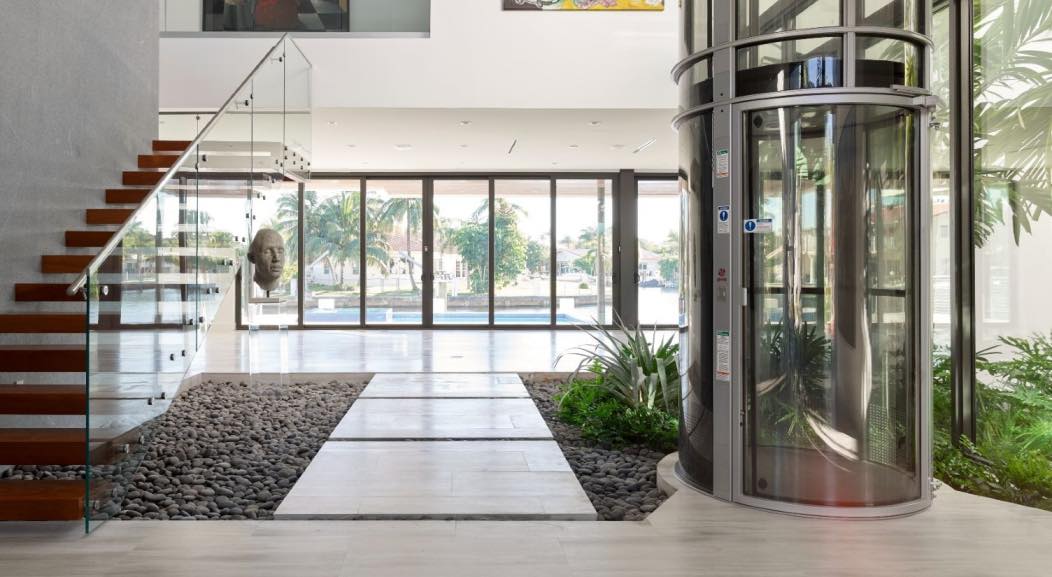The selection of decking materials has become essential for outdoor living as both designers and homeowners aim for long-lasting and aesthetically beautiful outdoor environments. Classic wood decking has been a favourite for a long time because of its warmth and inherent beauty. However, composite decking is popular due to its durability and low maintenance. Composite decking, made from wood fibres and plastic, offers a resilient, eco-friendly alternative that meets various environmental challenges. This blog explores how composite materials perform in different weather conditions, resist UV rays, and endure wear and tear, making them an excellent choice for all seasons.
Weather Resistance
One of the most significant advantages of composite decking is its ability to endure a wide range of weather conditions. Unlike traditional wood, which can warp, crack, or splinter when exposed to moisture, composite decking is designed to be water-resistant. This makes it an ideal choice for regions with high humidity, frequent rainfall, or areas near water bodies.
1. Moisture and Rain: Composite decking is engineered to resist water absorption, preventing issues like mould, mildew, and rot that commonly affect wooden decks. The plastic component in the composite material acts as a barrier against moisture, ensuring the deck remains structurally sound and visually appealing over time.
2. Snow and Ice: In colder climates, snow and ice can harm wooden decks, causing expansion and contraction, leading to cracks and structural damage. Composite decking remains stable through freeze-thaw cycles, maintaining its integrity and appearance. Composite materials often have a slip-resistant texture, making them safer to walk on in icy conditions.
3. Heat and Sun: High temperatures can cause wooden decks to fade, splinter, and even become too hot to walk on. Composite decking materials are often designed with UV inhibitors that protect against fading and discolouration, ensuring the deck maintains its vibrant colour and appearance. Furthermore, many composite decks are engineered to dissipate heat, keeping the surface relaxed and more comfortable underfoot during hot summer days.
UV Resistance
Exposure to UV rays can cause significant damage to outdoor materials, leading to fading, discolouration, and weakening of the structure. Composite decking is specifically designed to combat these effects, thanks to incorporating UV stabilisers and inhibitors in manufacturing.
1. Colour Retention: The pigments used in composite decking are often mixed throughout the material, ensuring that colour is consistent and long-lasting. Unlike wood, which can fade and require regular staining or painting, composite decking retains its colour with minimal maintenance.
2. Material Integrity: UV rays can break down wood's cellular structure, leading to brittleness and splintering. Composite materials, however, are engineered to withstand UV exposure without compromising their structural integrity. This makes composite decking a durable option for sunny areas.
Wear and Tear Resistance
Outdoor decks are subjected to various forms of wear and tear, including foot traffic, furniture movement, and the impact of falling objects. Composite decking is designed to be highly resistant to these types of damage, ensuring a long-lasting and attractive outdoor space.
1. Durability: Combining wood fibres and plastic creates a robust material that can withstand heavy use without showing signs of wear. Unlike wood, which can scratch, dent, or splinter, composite decking remains smooth and splinter-free, making it a safer option for families and pets.
2. Low Maintenance: One of the most appealing aspects of composite decking is its low maintenance requirements. Traditional wood decks need regular sanding, staining, and sealing to maintain their appearance and prevent damage. Composite decks, on the other hand, require only occasional cleaning with soap and water to keep them looking their best.
3. Resistance to Stains and Fading: Composite decking is often treated with protective coatings that resist stains from food, drinks, and other common outdoor substances. This ensures that spills can be easily cleaned up without leaving lasting marks. Additionally, the UV inhibitors used in composite materials prevent fading, so the deck looks fresh and vibrant after years of exposure to the elements.
Environmental Impact
In addition to their environmental benefits, composite decking materials are durable and low maintenance. Composite decking products are made from recycled materials such as reclaimed wood fibres and plastic. In this way, waste is kept out of landfills and conserving virgin resources.
Additionally, because composite decking lasts an extended period, fewer resources are required for replacements and repairs. This lessens the total environmental impact of outdoor living spaces.
Final Thoughts
Composite decking is versatile and resilient for creating beautiful, durable outdoor spaces. All seasons are suitable for it due to its ability to withstand various weather conditions, resist UV rays, and endure wear and tear. With a well-maintained deck, homeowners can enjoy the aesthetic appeal of a wood deck without labour-intensive maintenance.
Finding sustainable and long-lasting solutions for our homes is becoming increasingly important, and composite decking offers the perfect combination of performance, beauty, and environmental responsibility. Composite materials can enhance your outdoor living experience for years, whether building a new deck or renovating an existing one.





